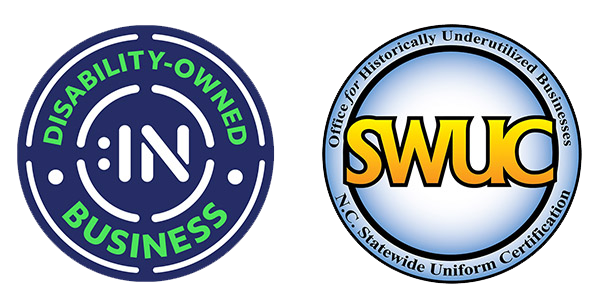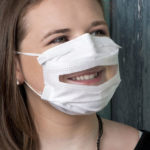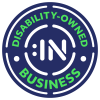4 Tips for Protecting Hearing Using Your EARS
October 26, 2022 2023-03-16 15:494 Tips for Protecting Hearing Using Your EARS
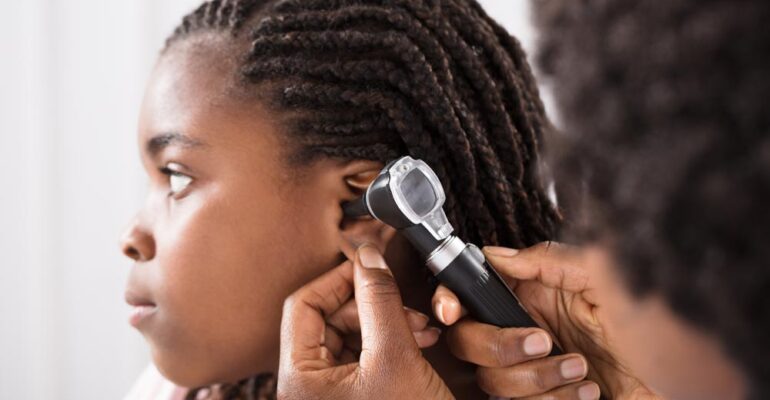
4 Tips for Protecting Hearing Using Your EARS
Are your employees and coworkers at risk for hearing loss in your workplace? According to a report by the US Bureau of Labor Statistics,
“The National Institute for Occupational Safety and Health estimates that 30 million workers are exposed to noise levels high enough to cause irreversible hearing loss. An additional 9 million workers are at risk of hearing loss from non-noise agents, such as organic solvents, certain metals, and carbon monoxide.”
As October is Audiology Awareness Month, Safe’N’Clear joins The American Academy of Audiology in urging you to protect hearing in your workplace this month. The best way to do that is by protecting your EARS or:
- Earplug Use When Possible
- Avoid Loud Sounds
- Reduce the Sound Level When Possible
- Shorten Time in Loud Environments
As a woman-owned and certified DOBE (Disability Owned Business Enterprise), Safe’N’Clear is passionate about not only providing clearer communication for deaf and hard-of-hearing individuals in settings where masks are required but in promoting hearing health. Working with professionals in the audiology field with The Communicator™, Safe’N’Clear wanted to create a blog post breaking down how to utilize EARS to protect your hearing fully. Read the full blog to learn how to protect hearing in your workplace this month!
Earplug Use When Possible
According to the CDC, hearing loss can occur with prolonged exposure to sounds above 70 dB. Familiar sounds above 70 dB HL that could cause hearing loss with prolonged exposure include:
- Gas-powered lawn mowers and leaf blowers
- Motorcycles
- Loud entertainment venues
- Close oncoming traffic
- Standing beside or near sirens
- Shouting or barking in ears
- Sporting events
If you work in a workplace that has you exposed to these loud sounds without some sort of protection, you are at high risk for hearing loss. That is why Safe’N’Clear recommends having ear protection or earplugs to help provide you with some protection. A 2016 study conducted at the University Medical Center in Utrecht found that earplugs at concerts prevent temporary hearing loss after loud music exposure. Participants of the study underwent 100 dBA (noise) of sound, and those with earplugs had less hearing loss from the event overall.
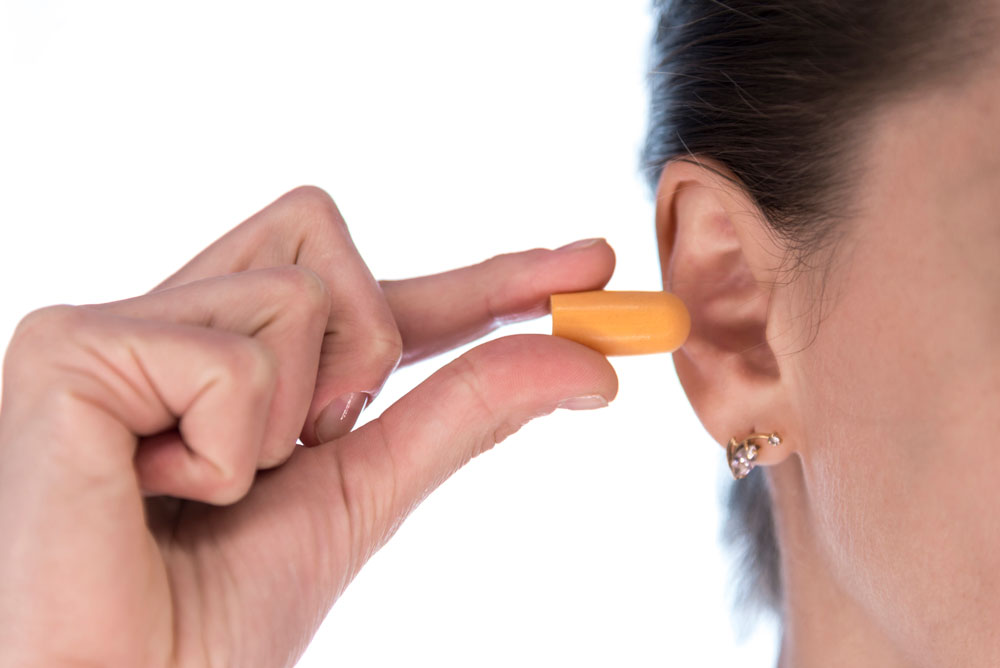
In the workplace, having protections in place for workers experiencing consistent sound like this can help prevent hearing loss for your employees.
Avoid Loud Sounds
While not possible in every workplace, avoiding loud sounds is also a good idea. If there are ways to reduce unnecessary sound exposure to your employees, this can avoid hearing loss in the long run. The CDC offers some recommendations for reducing noise in the workplace, including:
- Use low-noise tools and machinery
- Remember to maintain tools and equipment, such as lubricating gears
- Reduce vibration wherever possible
- Try Isolating loud noise sources with insulation or separation
In addition, the Department of Health and Human Services has a guide with more information for reducing sound with the Industrial Noise Control Manual. This manual includes case studies and more best practices for reducing noise in an industrial setting.

Overall, separating your workers from these loud sounds your workplace requires will help protect them in the long run. Hearing safety is just as crucial as other occupational safety hazards in your workplace, so Safe’N’Clear always recommends keeping these safeguards in mind and offering accessibility tools like The Communicator™ mask.
Reduce the Sound Level When Possible
Beyond avoiding loud sounds, you should reduce sound levels when possible. The National Institute of Occupational Safety Hazards has a Buy Quiet initiative, with information about the sound level of different tools. If you evaluate which tools you are currently using in your workplace, you can determine if there are ways to reduce sound. While protective equipment and barriers can help a little in terms of hearing loss, reducing workplace noise overall will have the most impact.
In addition, if music plays in your workplace or workers use earbuds, you should consider lowering the sound or providing guidance on recommended sound levels. Overall, reducing louder sounds will have positive benefits on your workplace’s hearing health.
Shorten Time in Loud Environments
The most significant danger of loud noise that causes hearing loss is the length of exposure. Even with the best protection, some industries just require loud noise. However, that does not mean that your workers need to be putting themselves at risk for an extended period. The Occupational Safety and Health Administration (OSHA) manual recommends that administrators schedule shifts to ensure that workers are not exposed to high noise levels more than necessary. OSHA explains to do this, you should,
“Reduce the amount of time that any one worker is located in the hazard area. To increase the effectiveness of this control, employers can also ensure that noise exposure is kept to a minimum in nonproduction areas frequented by workers. Select quiet areas to use as lunch rooms and work break rooms. If these areas must be near the production line, they should be acoustically treated.”
You can better protect your workplace by keeping your workers away from high-noise spaces when possible and having areas protected from noise.
Need Accessible Masks for Your Workplace?
Even with the best protections, many of your workers likely are deaf or hard of hearing, so in addition to using these safety measures, you should also be sure to have ADA-accessible masks for your workplace. If you are ensuring that your workplace has all the protective equipment needed in the coming year, Safe‘N’Clear hopes you will consider The Communicator™ for your masking needs.
Safe‘N’Clear markets The Communicator™ surgical face mask with a clear window, which is the first FDA-approved medical face mask. The mask is 100% sourced and made in the USA and is ADA-effective, allowing healthcare facilities to serve patients with accessible, transparent, and clear communication. The Communicator™ is also approved by Health Canada and Europe’s CE mark; The Communicator™ is definitely the best medical-grade mask quality-wise and communication-wise. If you are ready to get started, shop The Communicator™ mask here. You can also learn all about Safe’N’Clear here.
Purchase Online
Featured Deaf Leader
Recent Articles
